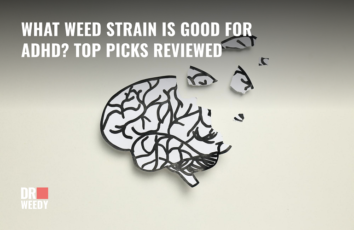What Is A Cannabis Inhaler, And Why Do You Need It?
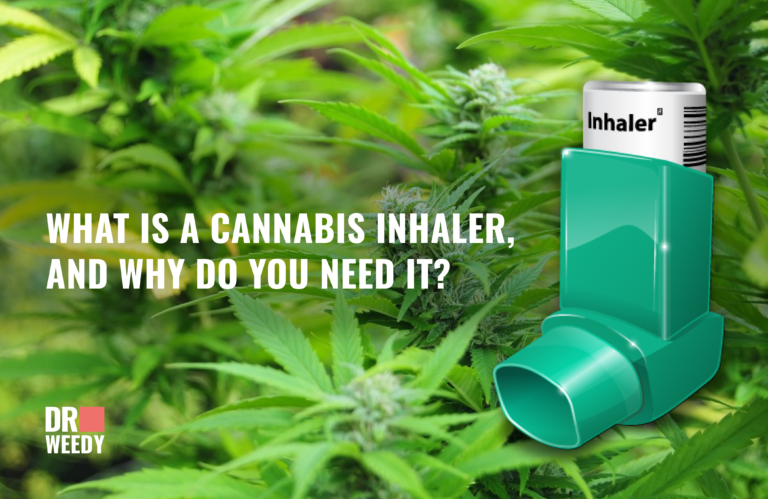
Cannabis for medical purposes is not a new concept. Even the ancient Scythians were aware of the beneficial properties of cannabis and utilized it for healing in steam baths (1). Indian Ayurvedic medicine prescribes cannabis for nervousness and bronchitis (2). In China, the pioneer of surgery, Hua Tuo, employed marijuana as an anesthetic during surgeries (3).
The cannabis inhaler is unprecedented. This novel method of administration seeks to enhance accessibility for cancer patients previously treated with pharmaceutical cannabis in forms like sublingual tablets, and for those who experience acute cancer pain but wish to avoid smoking cannabis. The inhalation therapy offers a faster response time than sublingual or oral tablets.
What is a Cannabis Inhaler?
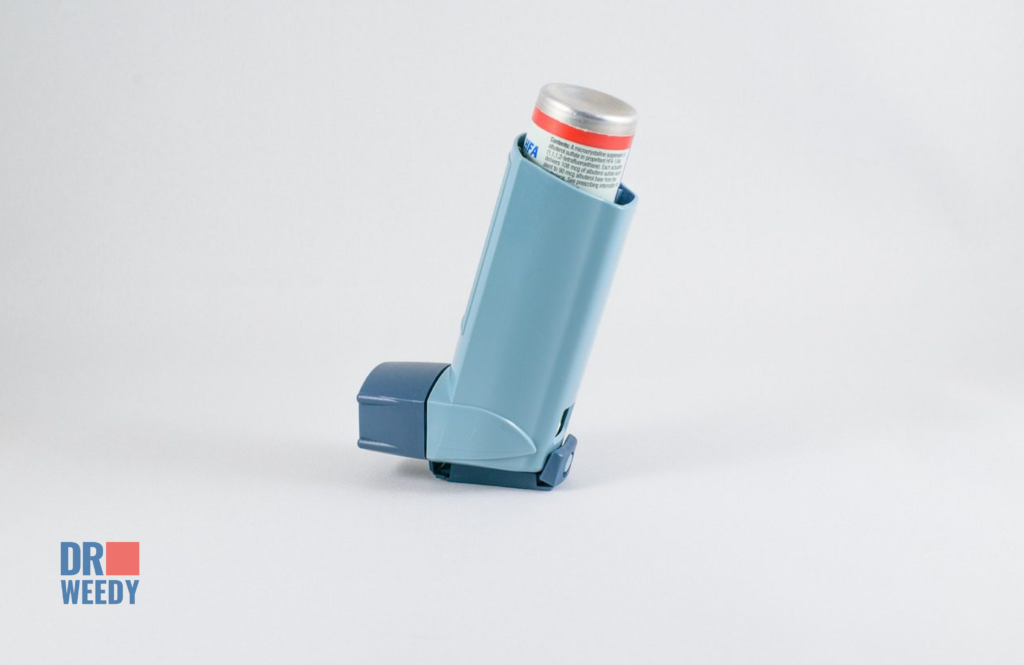
At first glance, a cannabis inhaler looks similar to an asthma inhaler: it’s compact, cylindrical, and easily fits in a pocket or bag. With a push of a button, the inhaler releases a burst of THC and/or CBD distillate. As the name suggests, you simply inhale the dose and go about your day, sidestepping the hassle of rolling papers, grinding buds, or masking the scent. A cartridge for this inhaler typically costs between $50 to $100 and offers approximately a hundred doses.
What’s the Benefit?
Today, there are numerous methods for using cannabis. If you’re interested in harnessing the medicinal benefits of cannabis, the modern market offers a wide array of options. For recreational users, the method of consumption largely boils down to personal preference.
Specifically for medical users, there’s a new addition to the roster: specialized cannabis inhalers. While this method still involves the inhalation of marijuana vapor, it’s fundamentally different from vaporizers. The inhaler allows for precise dosing with each use.
When people see an inhaler, they typically don’t associate it with cannabis. At a casual glance, it’s not apparent that it contains THC. This discreetness makes inhalers convenient for use in public places.
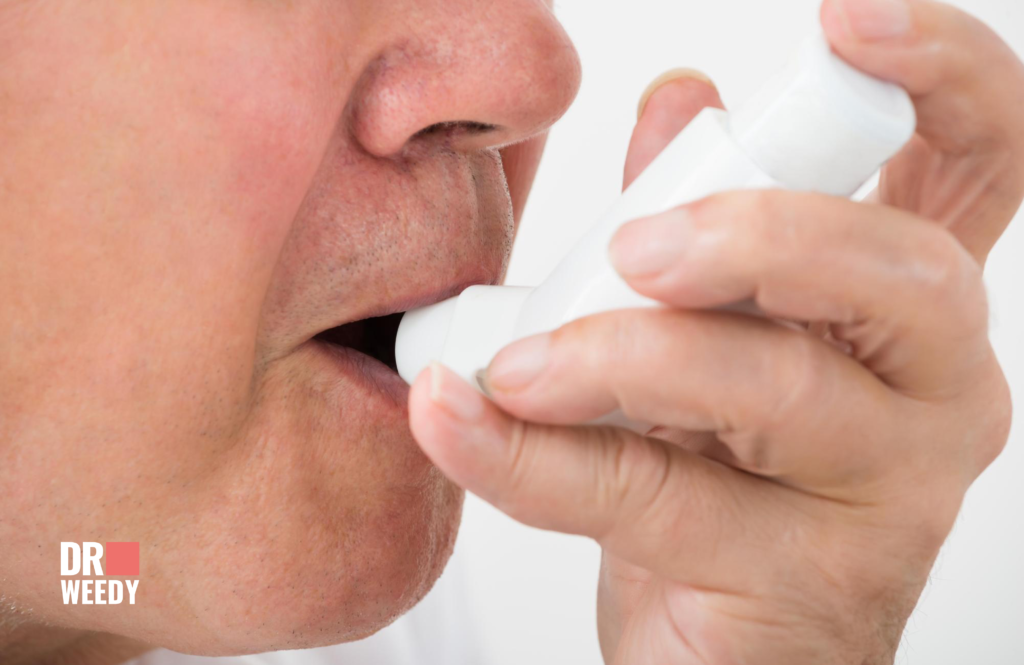
Another advantage of inhalers is that they don’t emit the characteristic smell of cannabis. It’s easy to carry an inhaler in a pocket, purse, or bag. This means patients can ensure they always have their “medicine” on hand, especially in smoke-free zones. Clearly, inhalers offer several distinct benefits.
Although cannabis inhalers have undergone various studies, not all findings are public knowledge yet. We await more comprehensive results and further analysis. Hence, the full acceptance of this innovative method of consuming marijuana, given its known potential, seems inevitable.
Insomnia, which afflicts roughly a third of adults in the USA, stands to benefit immensely once marijuana inhalers become mainstream. Beyond fatigue, sleep disturbances are often linked to an increased risk of health issues such as depression, diabetes, heart attack, obesity, and stroke. Sleep disorders can also reduce life expectancy. Researchers have crafted an inhaler that converts cannabis into vapor. The design of the marijuana inhaler ensures that it can hold the optimal amount needed to produce a sedative effect. This is roughly a quarter of the tetrahydrocannabinol (THC) typically consumed by smokers to achieve psychoactive effects.
Drawbacks to Using a Cannabis Inhaler

Cannabis inhalers have been hailed for their discretion, ease of use, and the ability to deliver consistent doses. However, like all methods of consumption, there are drawbacks to consider.
- Limited Strain Availability. Many cannabis enthusiasts appreciate the plant for its diverse range of strains, each with its own unique blend of cannabinoids, terpenes, and effects. However, cannabis inhalers typically offer a limited selection of strains, potentially excluding those that might be more beneficial for an individual’s specific needs.
- Cost. The technology and manufacturing process behind cannabis inhalers can make them more expensive than traditional methods of consumption, like smoking or edibles.
- Device Malfunctions. As with any technology-based product, there’s always the risk of the device malfunctioning.
- Limited Full-Spectrum Experience. The process of creating the cannabis distillate or extract used in inhalers can sometimes result in a loss of certain cannabinoids and terpenes. This means users might not experience the full “entourage effect” that comes from consuming all the natural compounds in cannabis.
- Potential Over-Reliance. The ease and discreteness of inhalers can lead some users to over-rely on them, consuming more than they might with other methods. This can potentially increase tolerance or lead to excessive consumption.
- Limited Research. As with many new cannabis consumption methods, there’s limited research on the long-term effects of using cannabis inhalers. This lack of data can be concerning for those who want to fully understand what they’re putting into their bodies.
What are Cannabis Inhalers Used to Treat?
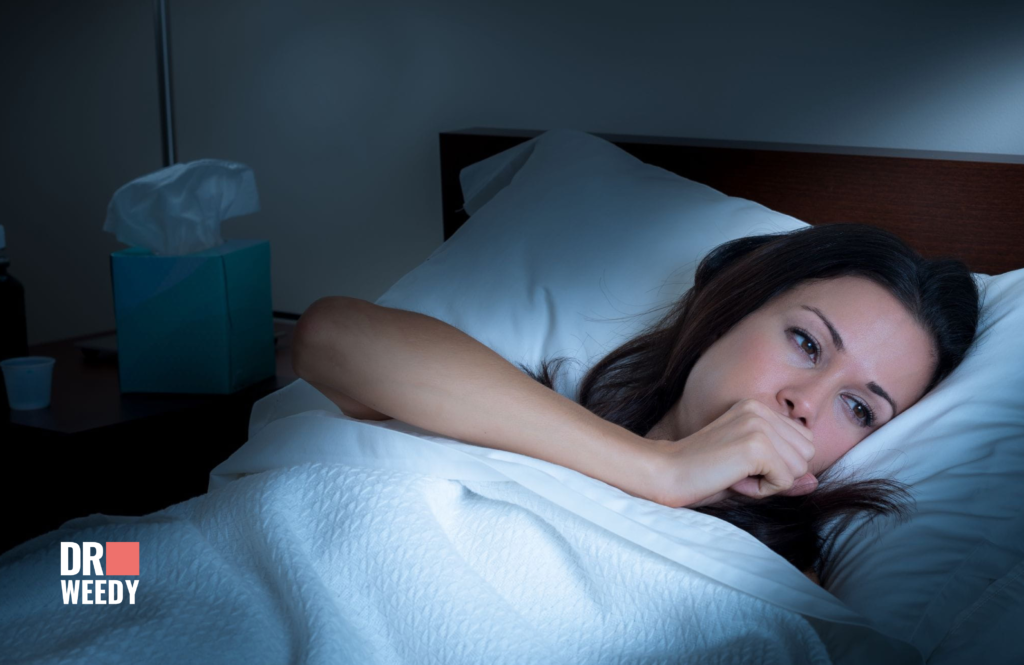
The use of cannabinoids for respiratory diseases, especially asthma, may offer some advantages over certain traditional treatments (4).
Asthma is among the most prevalent chronic diseases globally. The declining air quality worldwide exacerbates respiratory issues in people. In Spain, for instance, roughly 10% of children and more than 5% of adults are asthmatic (5). In the United States, around 35 million individuals suffer from this condition, with it being responsible for approximately 4,000 American deaths each year (6).
Asthma is an inflammatory disease of the lungs that primarily impacts the bronchi. During an asthma episode, the lungs become inflamed and constricted, inhibiting proper blood flow and significantly obstructing normal breathing. Symptoms of asthma include:
- Wheezing;
- Nighttime coughing;
- Shortness of breath (dyspnea);
- Chest pain or tightness.
While its presentation can vary, the conventional treatment approach for asthma has been consistent. Historically, the focus was on reducing the risk of respiratory complications. Nowadays, anti-inflammatory medications are the most sought-after treatments for asthma sufferers. These steroids are commonly administered through inhalers, acting as short-term bronchodilators. Bronchodilators function to widen the airways, relieving the breathlessness, wheezing, coughing, and tightness associated with asthma. The cannabis asthma inhaler transforms the medication from liquid to mist, making it easier to inhale and absorb.
Who Is a Good Fit For a Cannabis Inhaler?

- Medical Patients: Medical cannabis patients, especially those with respiratory conditions or concerns about smoking, may find inhalers to be an ideal alternative. The device delivers a precise dose, eliminating the guesswork often associated with other consumption methods. Patients with conditions like chronic pain, multiple sclerosis, or epilepsy might benefit from the consistent and targeted relief that inhalers can provide.
- Recreational Users Seeking Discretion. Cannabis inhalers don’t produce the recognizable odor that accompanies smoking or vaping. For those who prioritize discretion, whether due to personal preference or societal norms, an inhaler can be a godsend. It looks like any other medical inhaler, making it unobtrusive in public settings.
- Novice Cannabis Consumers. Beginners can be overwhelmed by the plethora of consumption methods available, and might be apprehensive about smoking or vaping due to health concerns. Inhalers provide a gentle introduction. The consistent dosing can help novices gauge their tolerance and understand how cannabis affects them.
- Athletes and Fitness Enthusiasts. Those who are conscious about lung health, but still want to enjoy the benefits of cannabis, might opt for inhalers. This method ensures they’re not inhaling combusted plant material, which could hinder respiratory performance. Some athletes also use cannabis for recovery or relaxation, and inhalers can be an easy addition to their regimen.
- Environmentally-Conscious Consumers. Unlike vape pens, which often contain single-use batteries and plastic components, cannabis inhalers are typically more sustainable. They can be recyclable or come with replaceable cartridges, making them a greener choice.
- People with Smoke Sensitivities. Some individuals are sensitive to smoke or simply dislike the sensation of smoking. For them, an inhaler offers a smooth experience, free from harshness or coughing.
Users Seeking Accurate Dosing. One of the primary advantages of a cannabis inhaler is its ability to deliver a highly consistent and accurate dose every time it’s used. This is especially beneficial for those who want to ensure they are not overconsuming, or who require a very specific amount for therapeutic reasons.
Research Outcomes and Statistics
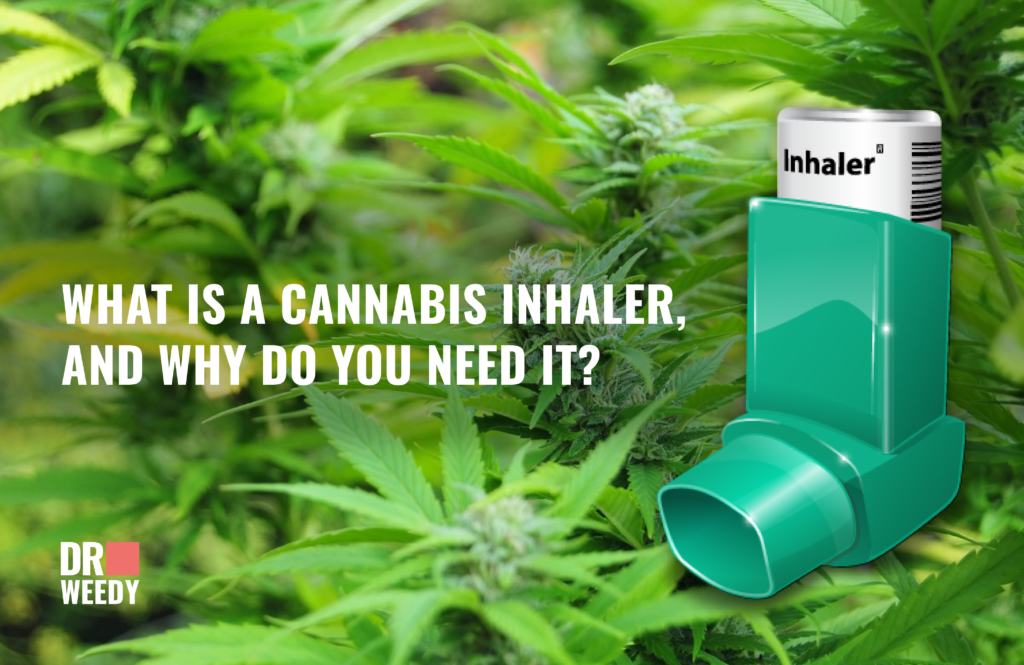
Recent research exploring the potential of cannabis indicates that treating asthma with cannabis might be more effective than traditional methods. Currently, two techniques utilizing the palliative properties of cannabis or its derivatives for asthma treatment are under investigation.
Data from these studies suggest that vapors produced during cannabis inhalation help relax the bronchial walls. A 1973 study published in the “New England Journal of Medicine” reported that “Marihuana smoke, unlike cigarette smoke, causes bronchodilation [expansion of the air passages] rather than bronchoconstriction [narrowing of the air passages] and, unlike opiates, does not cause central respiratory depression.”
Another research avenue focuses on specific dosages of cannabinoid medications acting as pain relievers or anti-inflammatory agents. These drugs interact with the body’s cannabinoid receptors in a way that decreases the likelihood of lung constriction and promotes regular blood flow within them. Taking cannabinoids orally also aids in opening the airways, functioning as a bronchodilator.
Conclusion
With the rise of cannabis inhaler reviews and growing discussions around medical cannabis use, it’s clear that cannabis can alleviate pain, nausea, and muscle spasms. Thus, cannabis-derived medications are being employed to treat neuropathic pain, manage HIV symptoms, and control refractory epilepsy, which doesn’t respond to other treatments. It’s crucial to note that medications with precisely measured and adjusted cannabinoid content are used for these purposes.
Sources:
- Source: Herodotus (1920). The Histories. Book 4, Chapters 73-75. Cambridge: Harvard Univ. Press.
- The Use of the Cannabis Drugs in India, I. C. Chopra, R. N. Chopra
- Wikipedia contributors, “Hua Tuo,” Wikipedia, The Free Encyclopedia, https://en.wikipedia.org/w/index.php?title=Hua_Tuo&oldid=1180550702 (accessed October 19, 2023).
- Jarjou’i A, Izbicki G. Medical Cannabis in Asthmatic Patients. Isr Med Assoc J. 2020 Apr;22(4):232-235. PMID: 32286026.
- García-Marcos L, Quirós AB, Hernández GG, et al. Stabilization of asthma prevalence among adolescents and increase among schoolchildren (ISAAC phases I and III) in Spain. Allergy. 2004;59(12):1301–1307.
- Mukherjee AB, Zhang Z. Allergic asthma: influence of genetic and environmental factors. J Biol Chem. 2011 Sep 23;286(38):32883-9. doi: 10.1074/jbc.R110.197046. Epub 2011 Jul 28. PMID: 21799018; PMCID: PMC3190897.


























